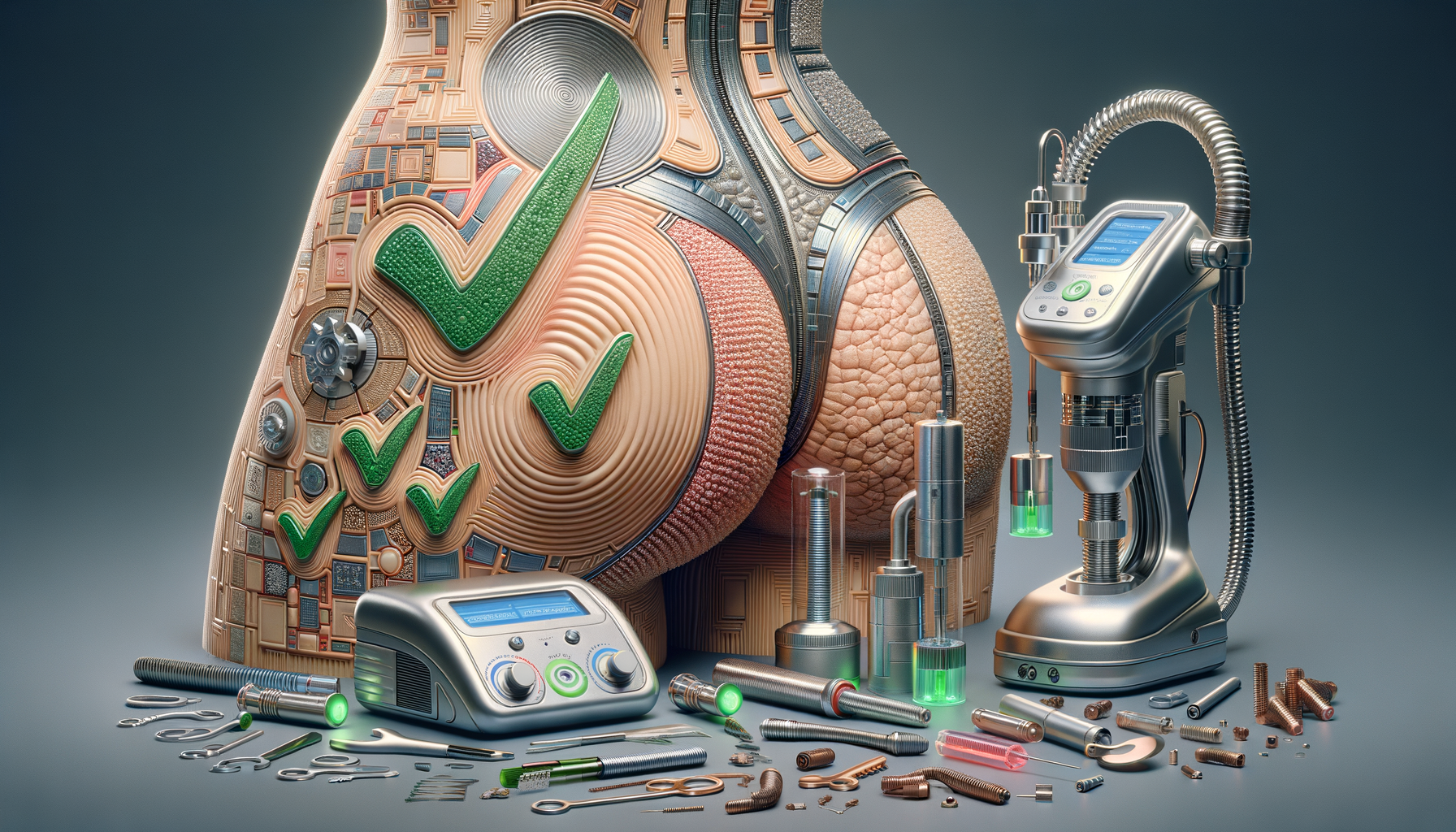Understanding Cellulite: Causes and Concerns
Cellulite is a common condition that affects many individuals, characterized by a dimpled or lumpy appearance on the skin, often found on the thighs, buttocks, and abdomen. Despite its prevalence, cellulite can be a source of concern for those seeking smoother skin. Understanding the causes of cellulite is crucial in addressing it effectively.
Cellulite occurs when fat deposits push through the connective tissue beneath the skin. Factors contributing to cellulite include genetics, hormonal changes, diet, and lifestyle. While being overweight can exacerbate the appearance of cellulite, even those with a healthy weight can experience it. Hormonal factors such as estrogen levels play a significant role, influencing fat distribution and connective tissue strength.
Many individuals seek cellulite reduction treatments to improve the appearance of their skin and boost confidence. These treatments can vary in approach and effectiveness, making it essential to explore options that align with individual needs and expectations. By understanding the underlying causes and available solutions, individuals can make informed decisions about their skincare journey.
Exploring Non-Invasive Cellulite Reduction Solutions
For those hesitant about surgical procedures, non-invasive cellulite reduction treatments offer a promising alternative. These treatments are designed to target cellulite without the need for incisions or downtime, making them appealing to those with busy lifestyles. Non-invasive options include laser therapy, radiofrequency treatments, and acoustic wave therapy.
Laser therapy uses concentrated light energy to break down fat cells and stimulate collagen production, resulting in smoother skin. Radiofrequency treatments work by heating the skin’s deeper layers, promoting collagen production and fat reduction. Acoustic wave therapy, on the other hand, utilizes sound waves to enhance blood flow and improve skin texture.
These treatments are generally safe and effective, with minimal side effects. However, results can vary based on individual factors such as skin type and severity of cellulite. It’s important to consult with a qualified professional to determine the most suitable treatment plan. Non-invasive solutions offer a convenient way to address cellulite, providing noticeable improvements with little to no recovery time.
Evaluating the Effectiveness and Safety of Treatments
When considering cellulite reduction treatments, evaluating their effectiveness and safety is paramount. The success of a treatment often depends on the technology used, the expertise of the practitioner, and the individual’s specific condition. Research and clinical studies can provide insights into the efficacy of different treatments.
FDA-approved treatments undergo rigorous testing to ensure safety and effectiveness. These treatments are backed by scientific evidence, offering reassurance to those seeking reliable solutions. However, it’s crucial to have realistic expectations. While treatments can significantly reduce the appearance of cellulite, they may not eliminate it entirely.
Safety is a top priority, and potential side effects should be discussed with a healthcare provider. Common side effects might include temporary redness, swelling, or bruising, but these typically resolve quickly. Choosing a reputable clinic with experienced professionals can further enhance the safety and success of the treatment.
Ultimately, the decision to pursue cellulite reduction treatments should be made after thorough research and consultation. By understanding the options available and their potential outcomes, individuals can take confident steps towards achieving smoother, more radiant skin.




Leave a Reply